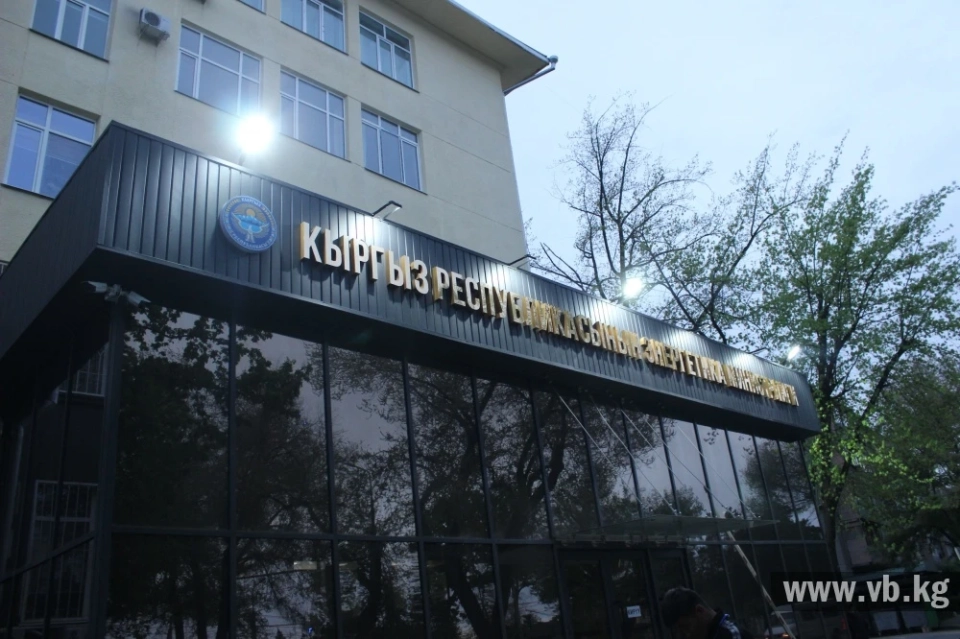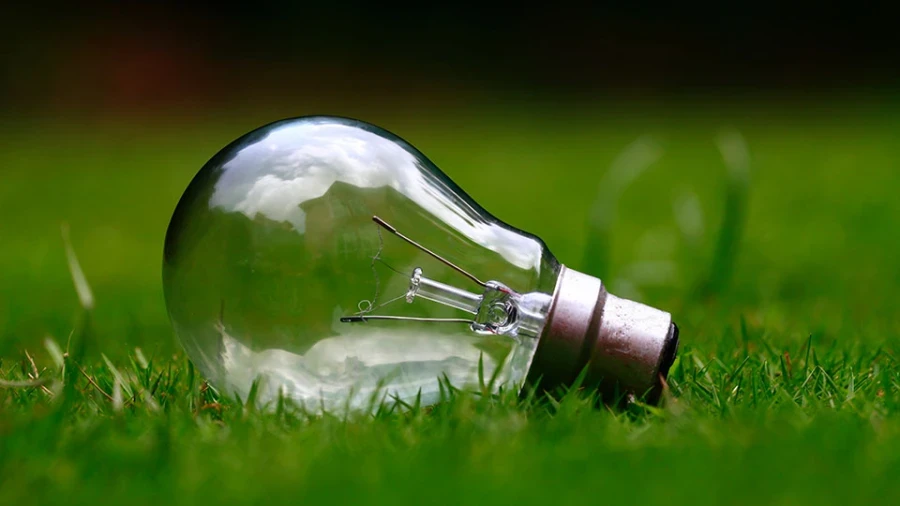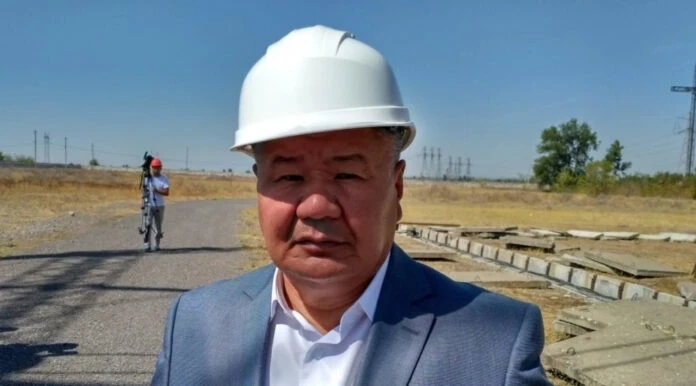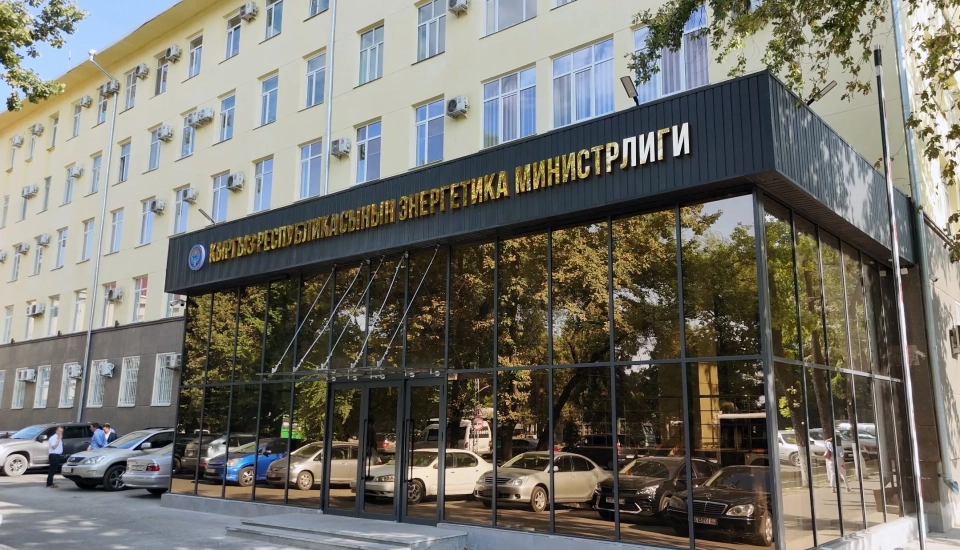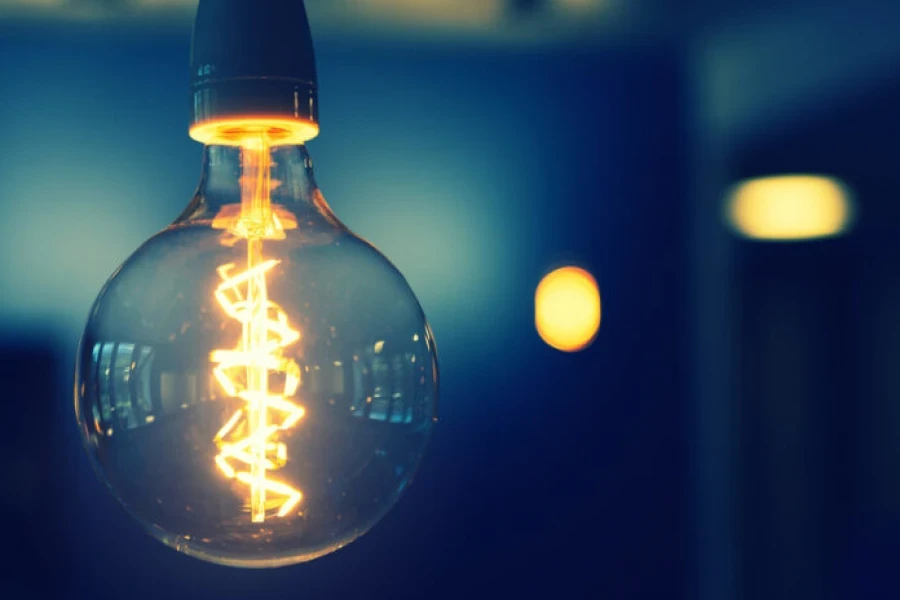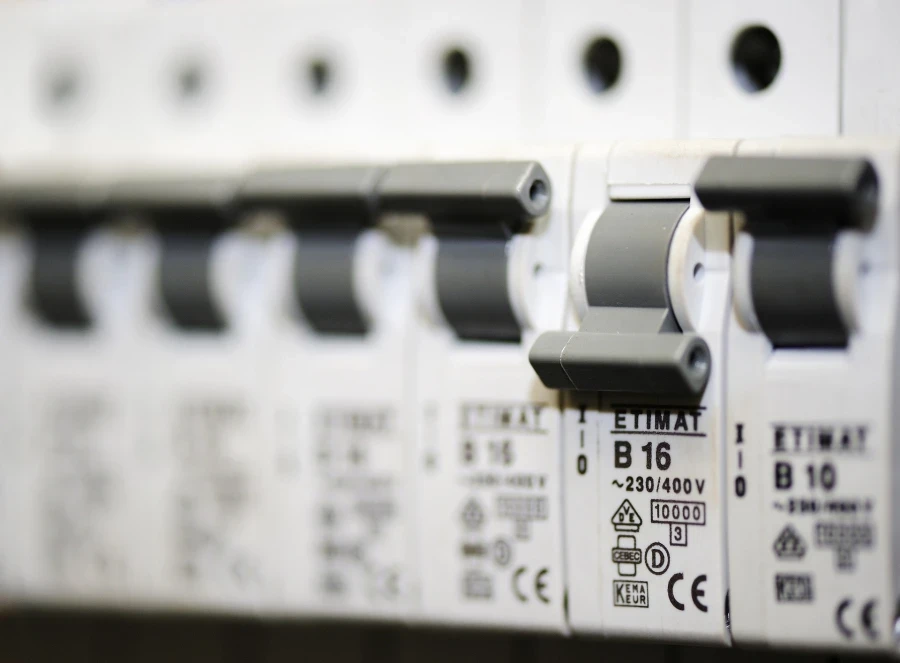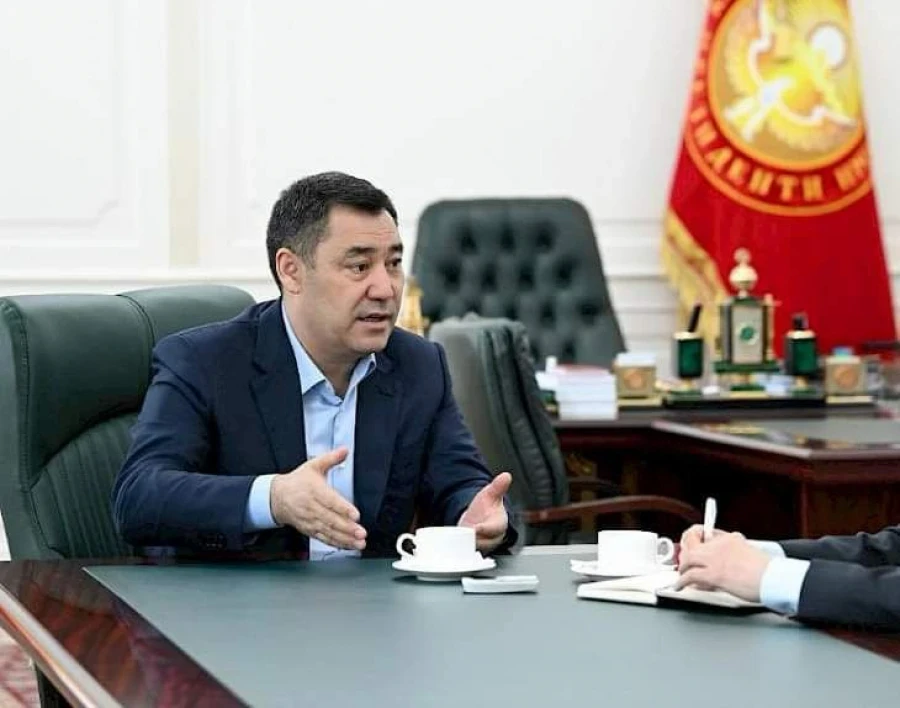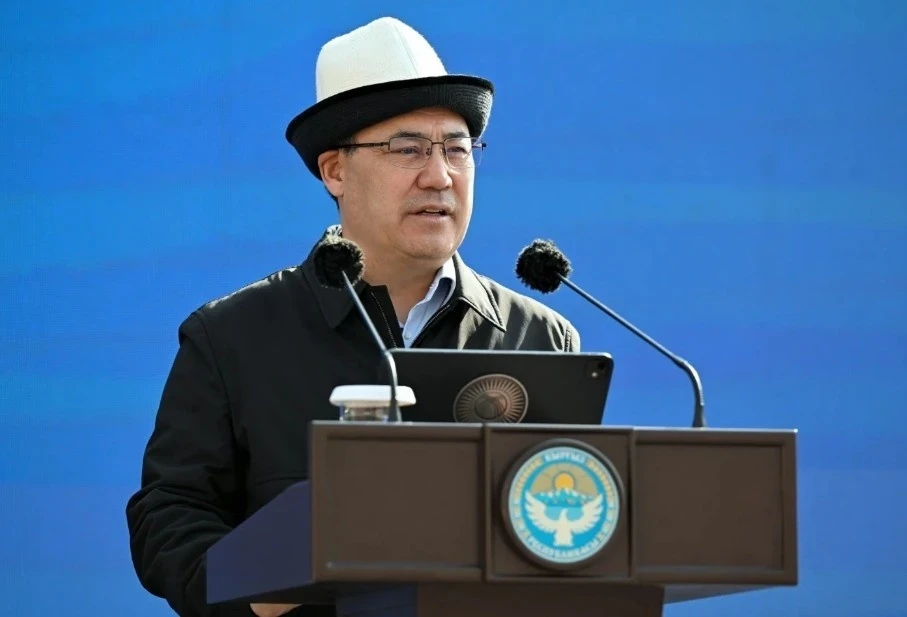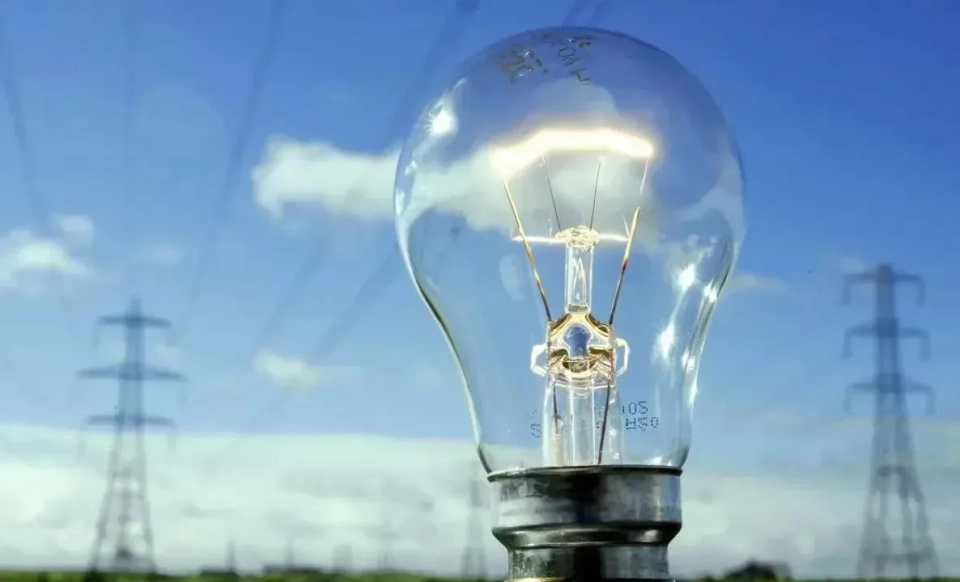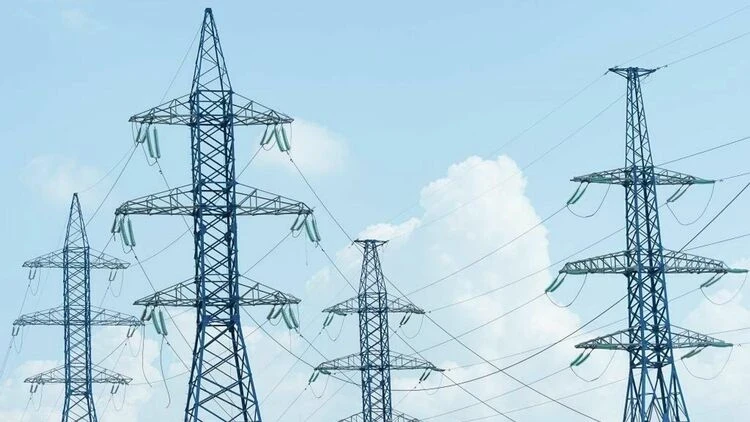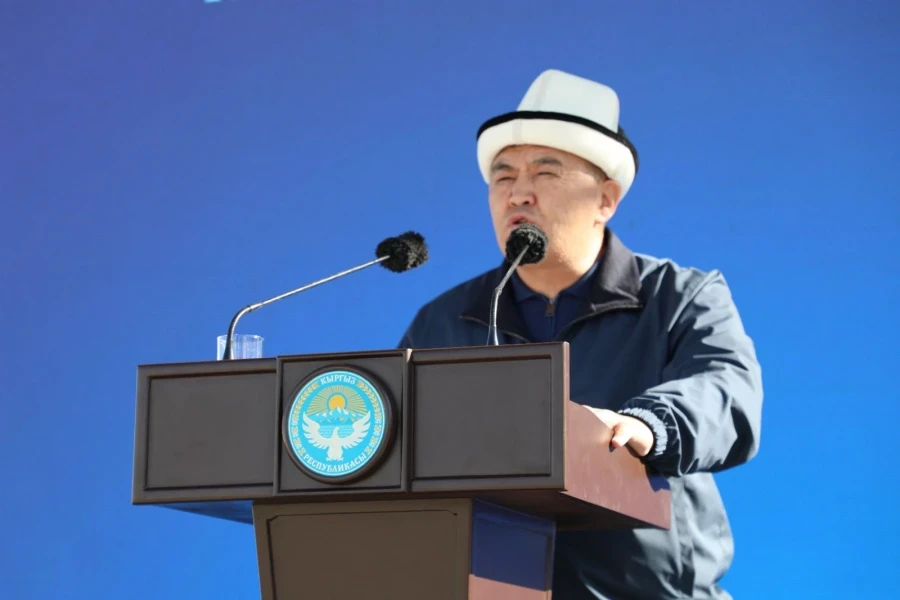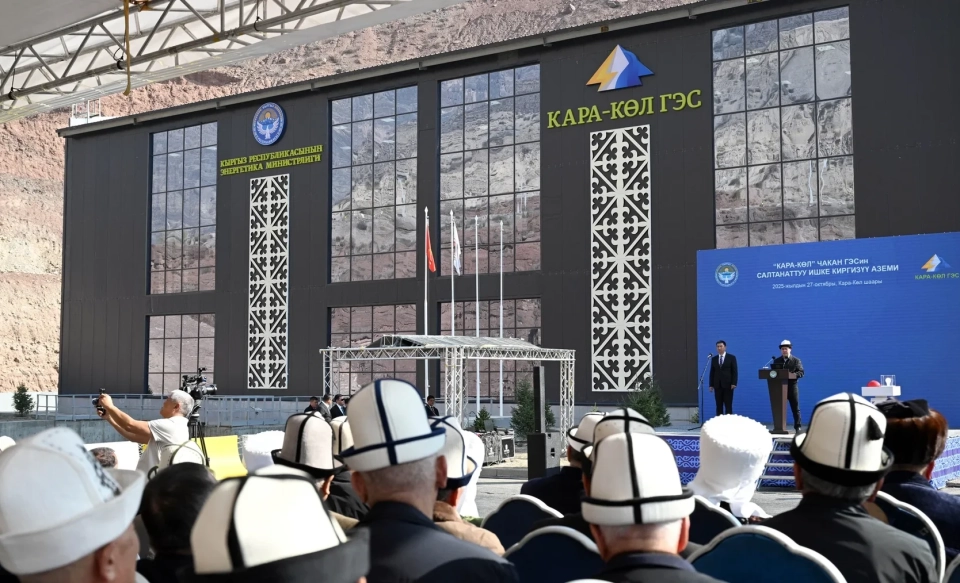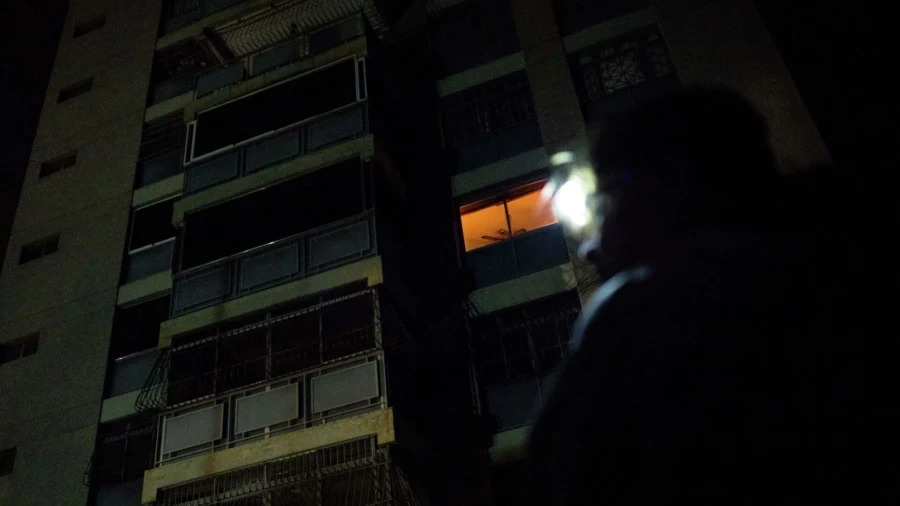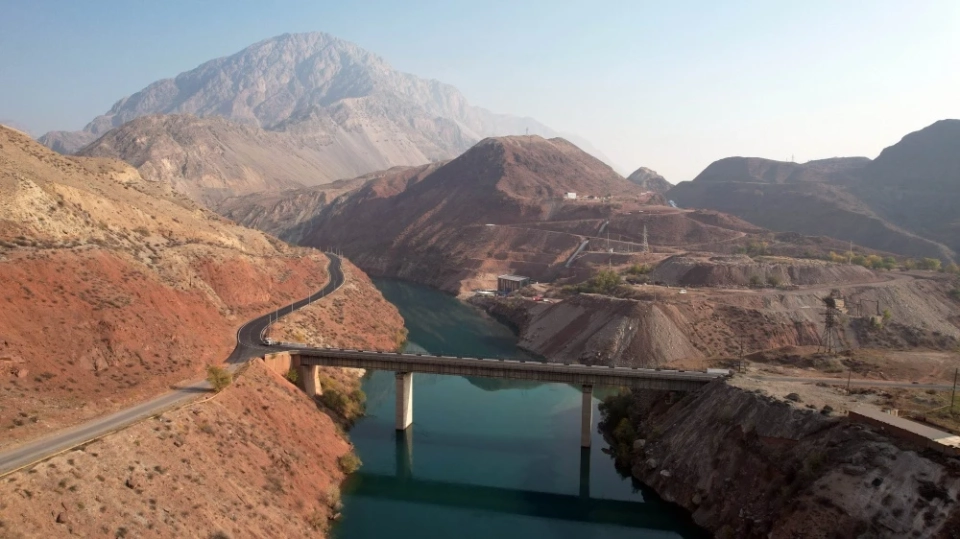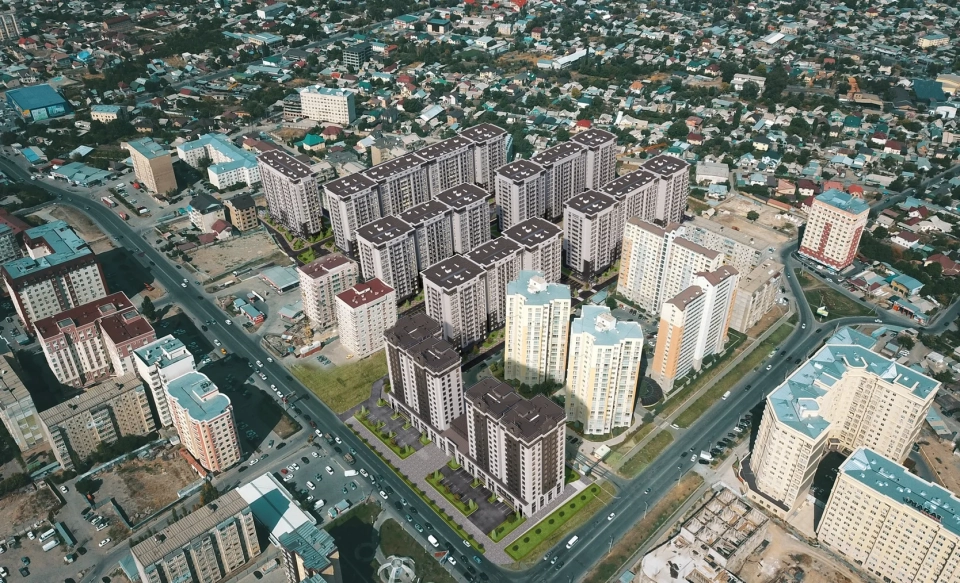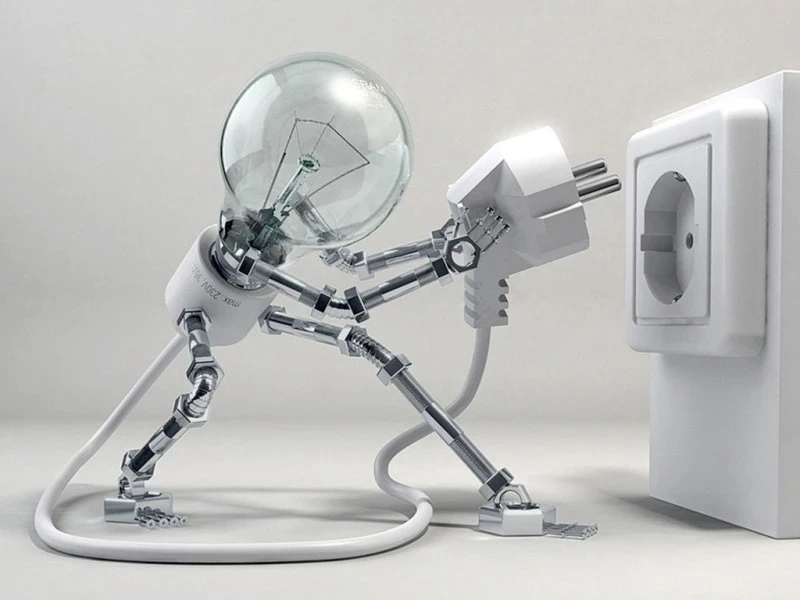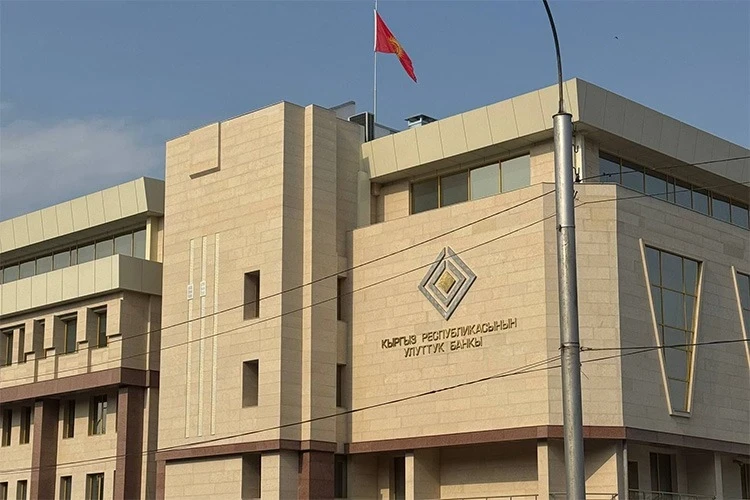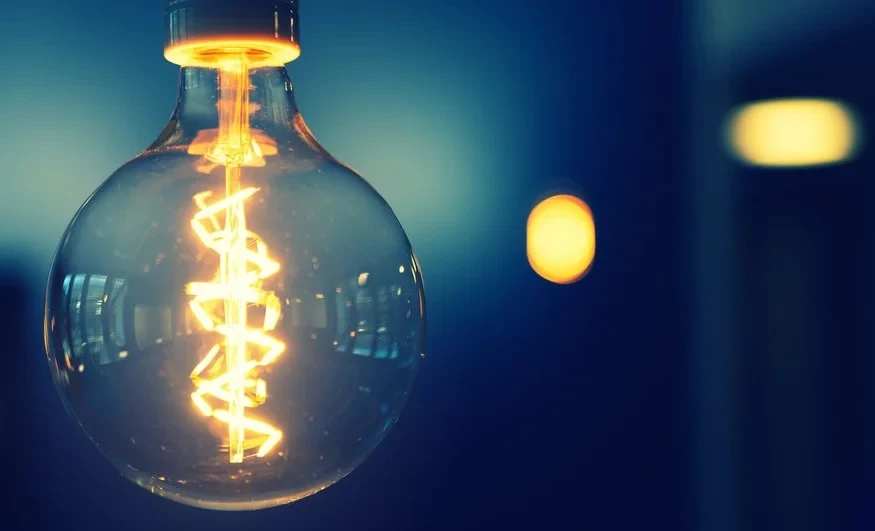
President Sadyr Japarov addressed the people of Kyrgyzstan to discuss the current situation in the country's energy sector.
Recently, the National Electric Network of Kyrgyzstan JSC proposed that the population use electricity without restrictions during the autumn-winter period, maintaining their usual consumption levels. However, this proposal was made without prior agreement with the Ministry, which sparked public discussion.
Indeed, the "unlimited tariff" was introduced three years ago in an attempt to compensate for the difference between the prices of imported electricity and the prices at which it was sold to the population.
However, this year the water level in reservoirs has significantly decreased by 2 billion cubic meters compared to last year, which led to the suspension of the connection to the unlimited tariff.
Upon seeing this news in the press, I immediately contacted the minister, expressing my dissatisfaction and demanding that such measures be stopped to ensure equal access to electricity for citizens.
As a result, the general director of NESK and his deputy for commercial issues were reprimanded, and the head of the electricity sales department, I.A. Orozbaev, was dismissed.
I would like to take this opportunity to explain the current situation in the energy sector in detail. People need to know the truth.
Up until 2020, the debt burden of the energy sector amounted to 137 billion soms.
The energy system of Kyrgyzstan was on the brink of disaster, especially in the joint-stock companies "Vostoelektro" and "Jalalabadenergo," where the debt burden grew every day, and workers were paid salaries from loans from commercial banks.
Energy workers remember those times.
The equipment used since the 1960s was severely outdated, and new hydropower plants were hardly built. Only in 2009 was the first generator of the Kambar-Ata HPP-2 put into operation.
Since then, no significant hydropower construction projects have been completed.
Since gaining independence, we have faced electricity shortages every winter.
To make up for the shortfall, we had to purchase electricity from abroad, sometimes the cost of one kilowatt-hour reached 5 soms.
I learned about this when I came to power and began implementing reforms in the energy sector aimed at combating corruption and theft.
It is difficult to say how much of those 5 soms ended up in the pockets of unscrupulous people.
Countries that sold us electricity certainly do not tell the truth either, so it is extremely difficult to establish all the facts today.
Energy purchased at the price of 5 soms was sold to the population at 0.77 tyiyn per kilowatt-hour, creating a colossal difference of 4 soms 23 tyiyn, forming a debt burden on the energy system.
Since 2020, I have managed, thanks to reforms — eliminating corrupt schemes and sharply reducing electricity losses — to reduce the total debt from 137 billion to 25 billion soms.
As events unfold, I hope that next year we will completely pay off the remaining debt, and by 2027 the energy system will start to generate profit, which will be an important step for our independence.
If I were only thinking about peacefully finishing my presidential term, I would not have built new HPPs or implemented reforms, but would have simply purchased electricity at 5 soms and sold it to the population at 1 som.
This approach could be mastered even by a fifth-grade student.
However, I chose a different path.
If I had continued the previous practices, the energy system of the country would have been on the verge of collapse.
Currently, we import electricity at about 3 soms per kilowatt-hour, while the population pays 1 som 37 tyiyn.
The difference is currently covered by the ministry.
But thanks to the reforms, we hope that next year the ministry will completely pay off its debt of 25 billion soms, and by 2027 it will turn a profit.
At the moment, the water level in the Toktogul reservoir is two billion cubic meters lower than last year.
Therefore, to maintain the water level and eliminate the electricity shortage, we are forced to import it in large volumes.
We urge citizens to conserve energy specifically to reduce import volumes.
Remember: the less economically we use electricity, the more finances go abroad.
In this regard, government institutions have been instructed to turn off lighting and electrical appliances in buildings after 18:00.
In the world, there is enough electricity, and we can import it without restrictions.
But every extra kilowatt-hour incurs additional costs for the budget.
The budget is the people's money. Do not forget about this.
Individuals also do not always conserve electricity.
Some houses remain lit even during the day, and on the streets, one can see lamps turned on in yards.
Therefore, I call on all citizens: use light wisely.
Every 100-watt bulb that operates for an hour requires about 270 liters of water from the Toktogul reservoir.
Imagine, for just one bulb, 270 liters are spent!
Do not forget to turn off the lights at night.
I lived in Europe for four years and can say: there, they do not leave the light on for even a minute longer, they turn it off immediately because electricity is expensive.
For example, in Germany, the cost of one kilowatt-hour in winter is about 50 euro cents, which is about 50 soms.
In Uzbekistan, tariffs depend on the volume of consumption: with an average consumption of 1000 kWh per month, the payment is about 500 soms, which is equivalent to 3 soms 60 tyiyn. The more you consume, the higher the tariff.
In Kazakhstan, in Almaty, the tariff ranges from 30 to 50 tenge, which is from 5 to 8 soms.
And in Kyrgyzstan — only 1 som 37 tyiyn.
Some may say: "But their salaries are higher."
However, if we consider all expenses — for food, medical services, taxes, housing and car insurance — the standard of living turns out to be comparable.
At the same time, electricity in Kyrgyzstan remains the most affordable.
We are actively building hydropower plants, as well as solar and wind power plants for the third consecutive year.
Very soon, the first solar power plant will be launched in our country.
Nevertheless, despite all these achievements, we still lack energy in winter.
With the opening of new factories, schools, and kindergartens, as well as the construction of residential complexes, we continue to face a deficit that is difficult to replenish.
I would like to highlight the hydropower plants that have already been put into operation in 2024:
- Bala-Saruu HPP – 25 MW (Talas region)
- Issyk-Ata HPP 1 – 2 MW (Chui region)
- Kok-Art HPP – 6.7 MW (Jalal-Abad region)
- Kainama HPP – 9.6 MW (Jalal-Abad region)
- Isfayram-1 HPP – 2 MW (Batken region)
- Kurak-Tektir-1 HPP – 0.6 MW (Osh region)
- Arashan HPP – 2.4 MW (Issyk-Kul region)
- Beles HPP – 0.54 MW (Batken region)
The HPPs put into operation in 2025:
- Koysuu HPP – 9 MW (Issyk-Kul region)
- Issyk-Ata HPP 2 – 4 MW (Chui region)
- Aksy HPP – 4.75 MW (Jalal-Abad region)
- Boz-Uchuk HPP – 5.54 MW (Issyk-Kul region)
- Kara-Kul HPP – 18 MW (Jalal-Abad region)
Modernization work is also being carried out at major HPPs, which allows for an increase in their capacity.
At the Toktogul HPP, all four units have been updated, adding 240 MW of capacity.
This is equivalent to the construction of a new HPP with a capacity of 240 MW.
At the Uch-Kurgan HPP, during reconstruction, 9 MW have been added, and after the completion of the project, an additional 36 MW will be obtained.
At the Kambar-Ata HPP-2, a project is being implemented to put the second unit with a capacity of 120 MW into operation.
The At-Bash HPP has been updated, adding 11.44 MW.
Modernization work continues at the Lebedinov HPP.
Preparatory work is also underway for the Papanskaya, Lower-Tar, and Bystrovskaya HPPs.
CONSTRUCTION OF SMALL HPPs IN 2025–2030
In 2025, the following stations will be built in Jalal-Abad, Batken, Osh, Naryn, and Chui regions:
Kozho-Kaiyr (Bazarbay-Ata-3), Kurak-Tektir-2, Kainama-2, Sary-Tash, Shamsy, Sokuluk-3, Tuyuk, Kurtka, and Ken-Tor-1. Their total capacity will be 29.53 MW.
In 2026, the construction of 25 small HPPs is planned, including:
- Orto-Tokoy HPP (21 MW),
- Kulanak HPP (100 MW),
- Turgent HPP (26 MW),
- Mayly-Suu HPP (26 MW),
- Ak-Suu HPP-3 (17.66 MW) and other facilities.
In 2027, another 14 new HPPs will be put into operation, including:
- Papan HPP (27 MW),
- Jeryu HPP (28 MW),
- Chandalash HPP (30 MW).
In 2028–2030, the following facilities are planned for construction:
Konorchok, Kyzyl-Suu, Kichi-Kemin, Kyshtuut, and Lower-Tar HPP.
The total capacity is 44.7 MW.
Promising projects for the coming years include:
Chon-Kemin HPP (26 MW, Chui region) and Chok-Tal HPP (3.7 MW, Issyk-Kul region).
Thus, the construction of hydropower plants of all scales is actively ongoing.
The current electricity shortage is a temporary problem.
If we were not building new schools, kindergartens, factories, and plants, the accumulated electricity deficit would have long been eliminated thanks to the commissioned HPPs.
But we do not stop and continue to work on overcoming difficulties.
I am confident that within the next two and a half years we will be able to cover the winter electricity deficit, as about a hundred small and medium hydropower plants are being built across the country, and all of them will be completed.
In addition, the construction of a CHPP with a capacity of 1200 MW has begun in Kara-Keche, which will produce up to 7 billion kWh of electricity per year.
It is expected to be put into operation in two and a half years, which will completely eliminate the electricity deficit in the winter period.
If we had simply waited for the completion of the Kambar-Ata HPP-1, it would have taken another 7–8 years.
With the full implementation of Kambar-Ata, Kyrgyzstan will become an electricity-exporting country.
We are actively working in this direction.
With the implementation of these projects, the electricity deficit will gradually be eliminated, and Kyrgyzstan will become a self-sufficient and energy-secure state.
Therefore, I ask you to be understanding of the current temporary difficulties and to show patience in helping to restore our energy system.
Use electricity economically and wisely — this will contribute to your part," noted the president.

